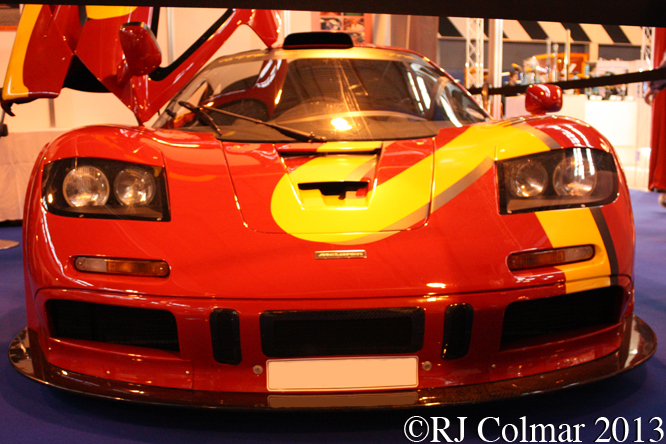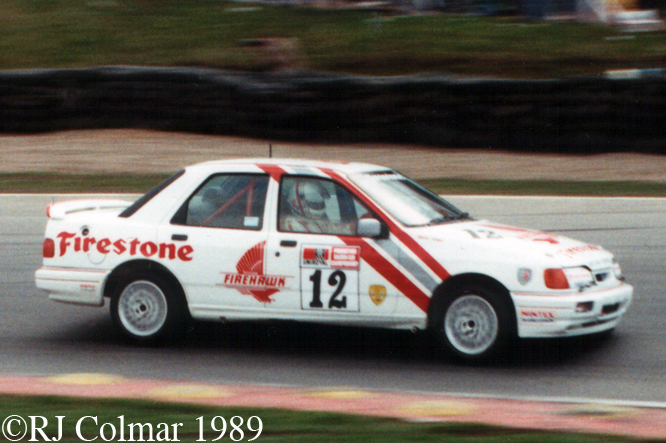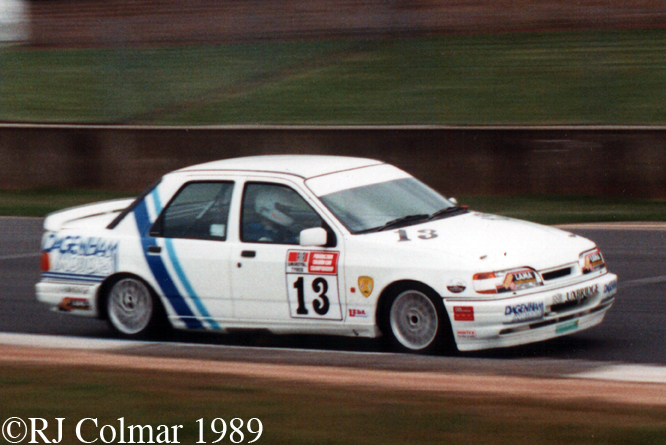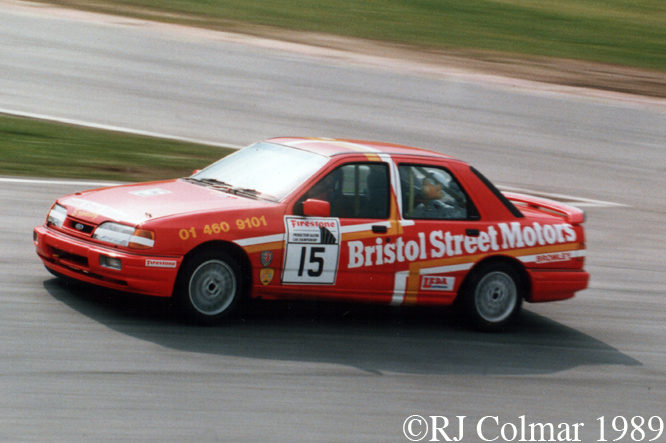THere was a large pride of Jagaurs at this years Silverstone classic which included,

Christopher Scholey’s 1954 XK120 which he shared with Rob Newall to record a 23rd place in the Stirling Moss Trophy.

Enjoying a lap of the track in the Jaguar Parade was this 1956 XK140.
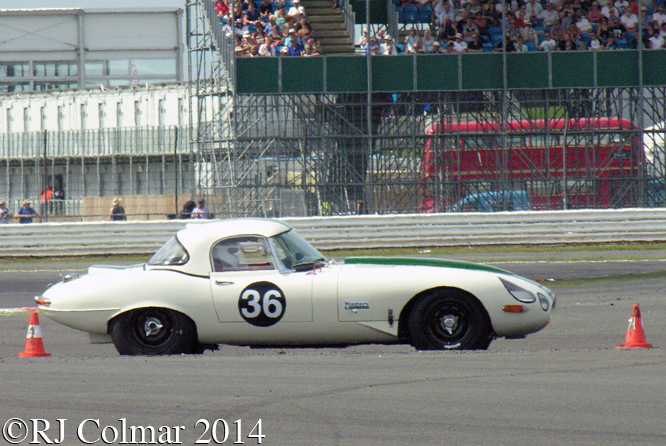
Mark Hales and Ian Simmonds drove the #36 E-Type to a 28th place finish in the Chopard International Trophy.
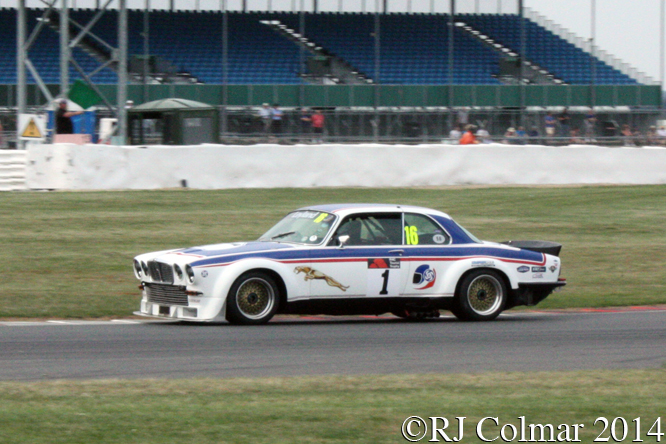
Known in some circles as the fastest vinyl roof in the world the Jaguar XJC 12 made an unlikely competition car next to the manufacturers other V12 Coupé the XJS, but first time round British Leyland wanted to put the XJC 12 on the track and found it had severely underestimated the capabilities of BMW’s CSL batmobiles against which it was to be judged. Above Chris Scragg pedals his mighty 1976 example round to an 18th place finish in the Jet Super Touring Car Trophy.

Built to the 1991 Formula One powered Group C regulations the Ford HB V8 powered Jaguar XJR14 was an instant success winning the 1991 World Sports Cars Manufacturers Championship with three outright wins and Teo Fabi the World Sports Cars Drivers Championship. Gareth Evans is seen lighting up the front brakes above on his way to 7th place in the Group C Endurance Race.

Finally a lucky passenger is seen below accompanying Justin Law in his Martini striped 1993 Jaguar XJ220 during the ’90s GT Legends demonstration.
Thanks for joining me on this “Classic Jaguar Pride” edition of Gettin’ a li’l psycho on tyres. I hope you’ll join me again tomorrow when I’ll be looking at another pride of Jaguars at the Jaguar Club of North Americas 50th Anniversary Meeting in San Diego. Don’t forget to come back now !


